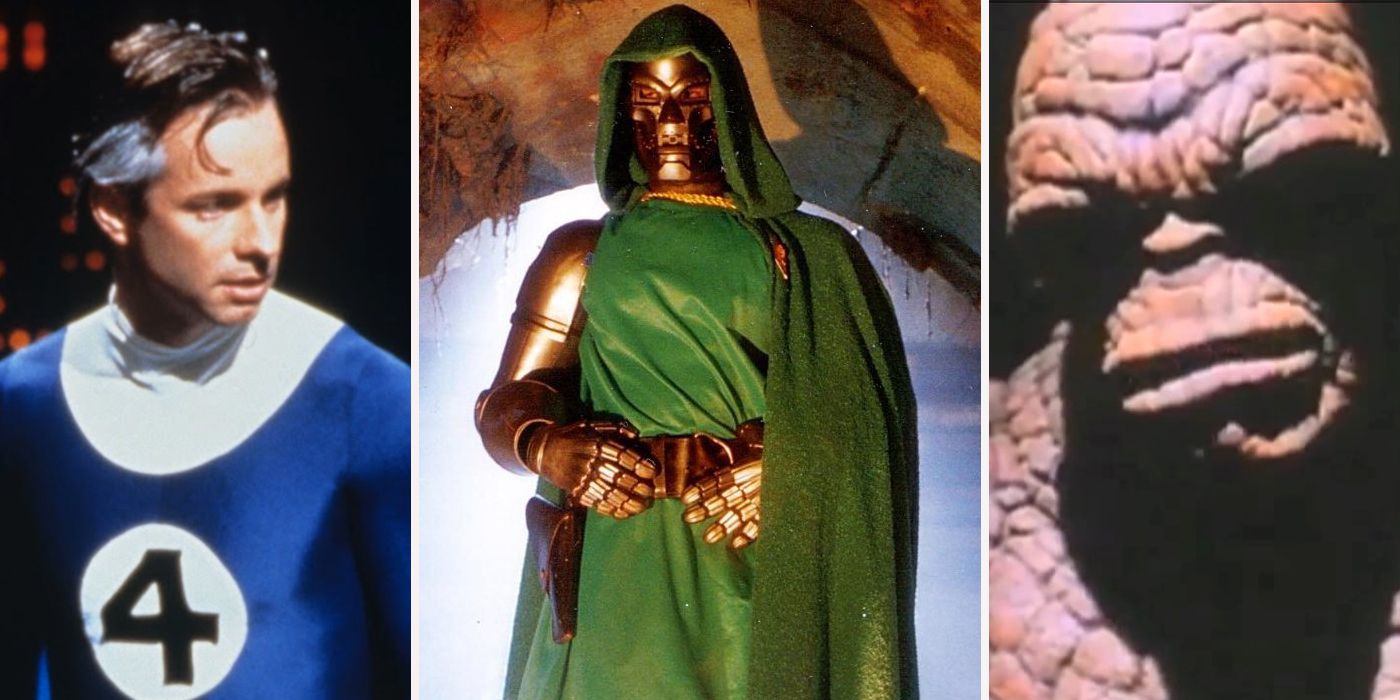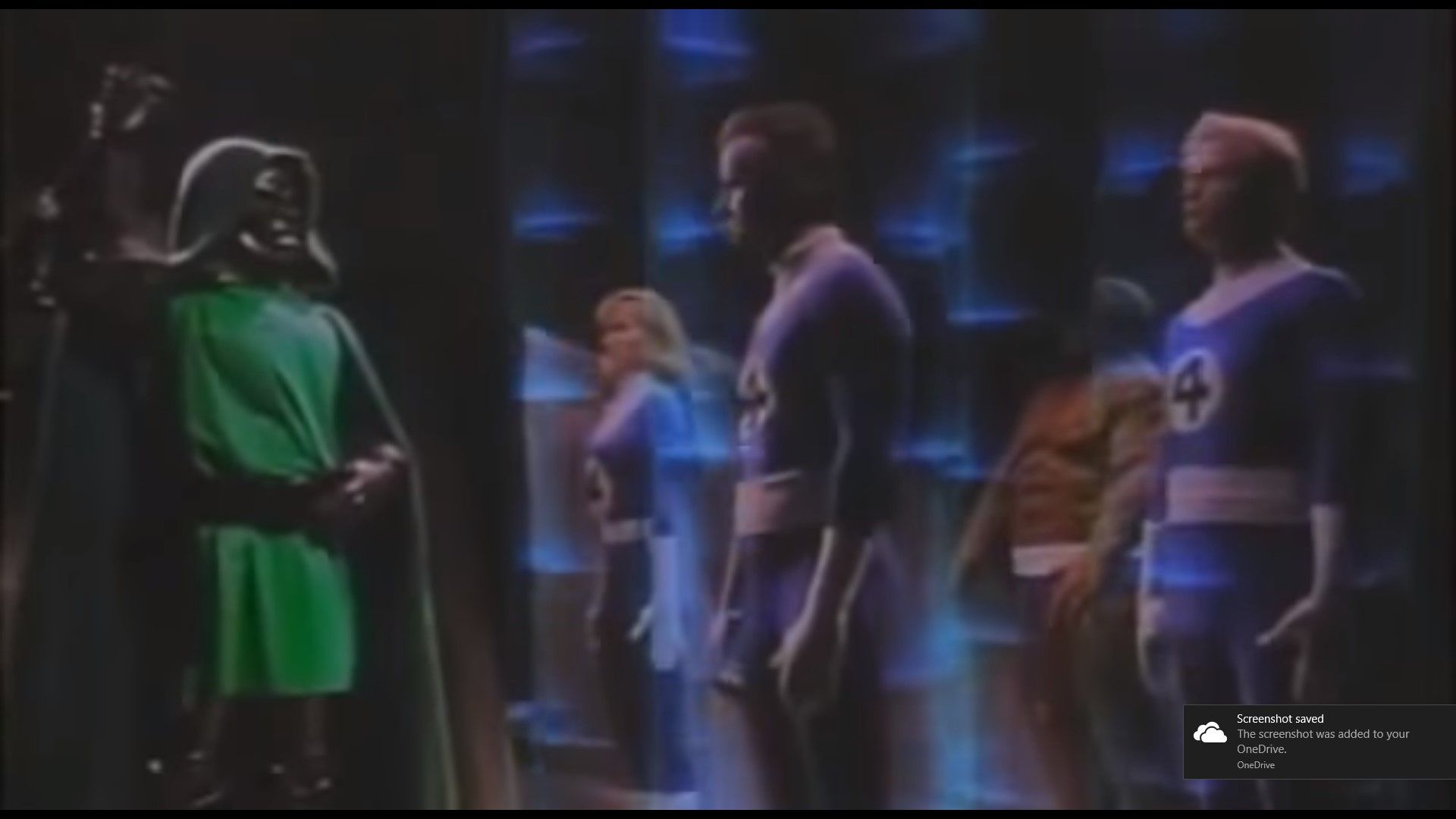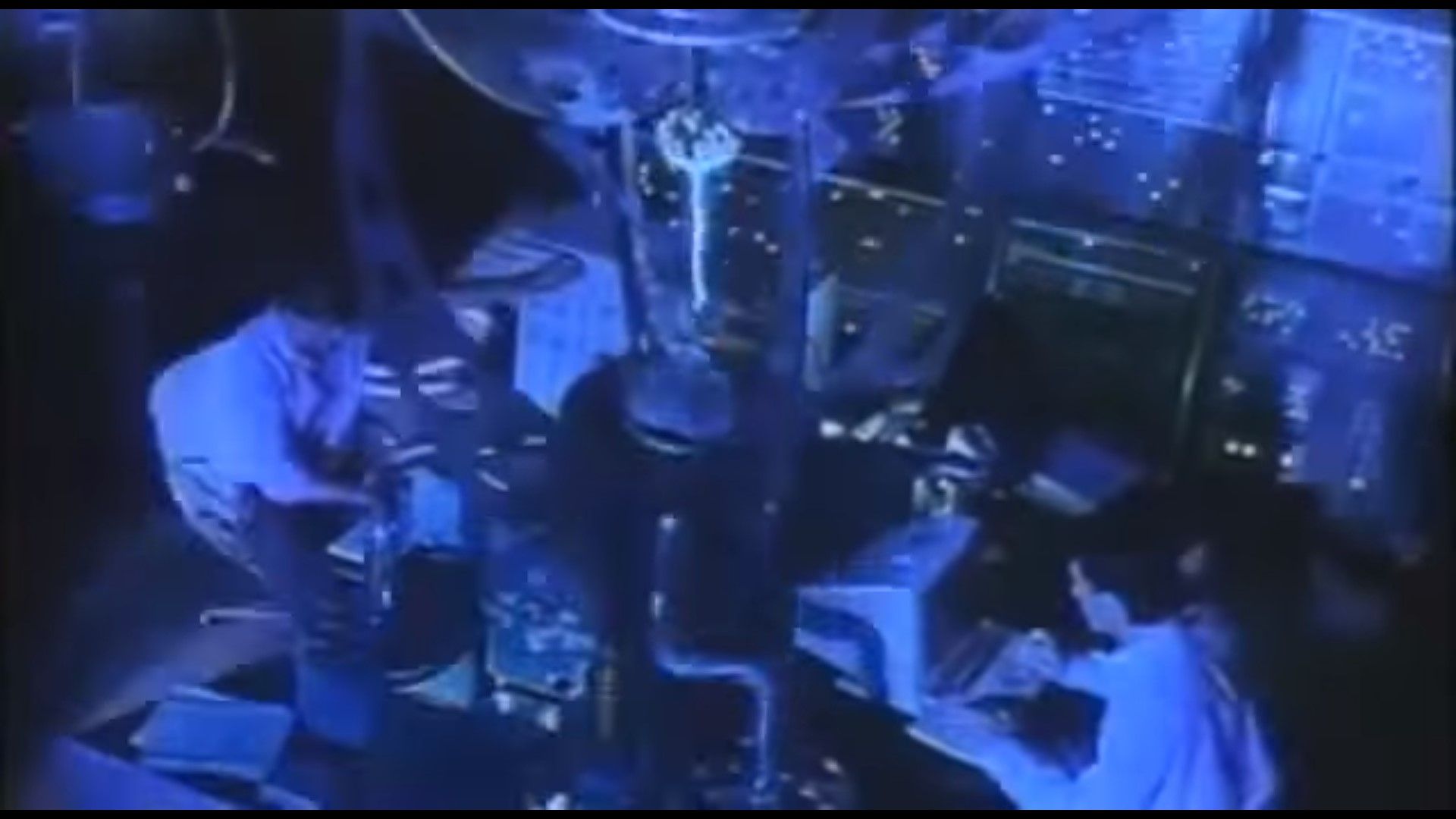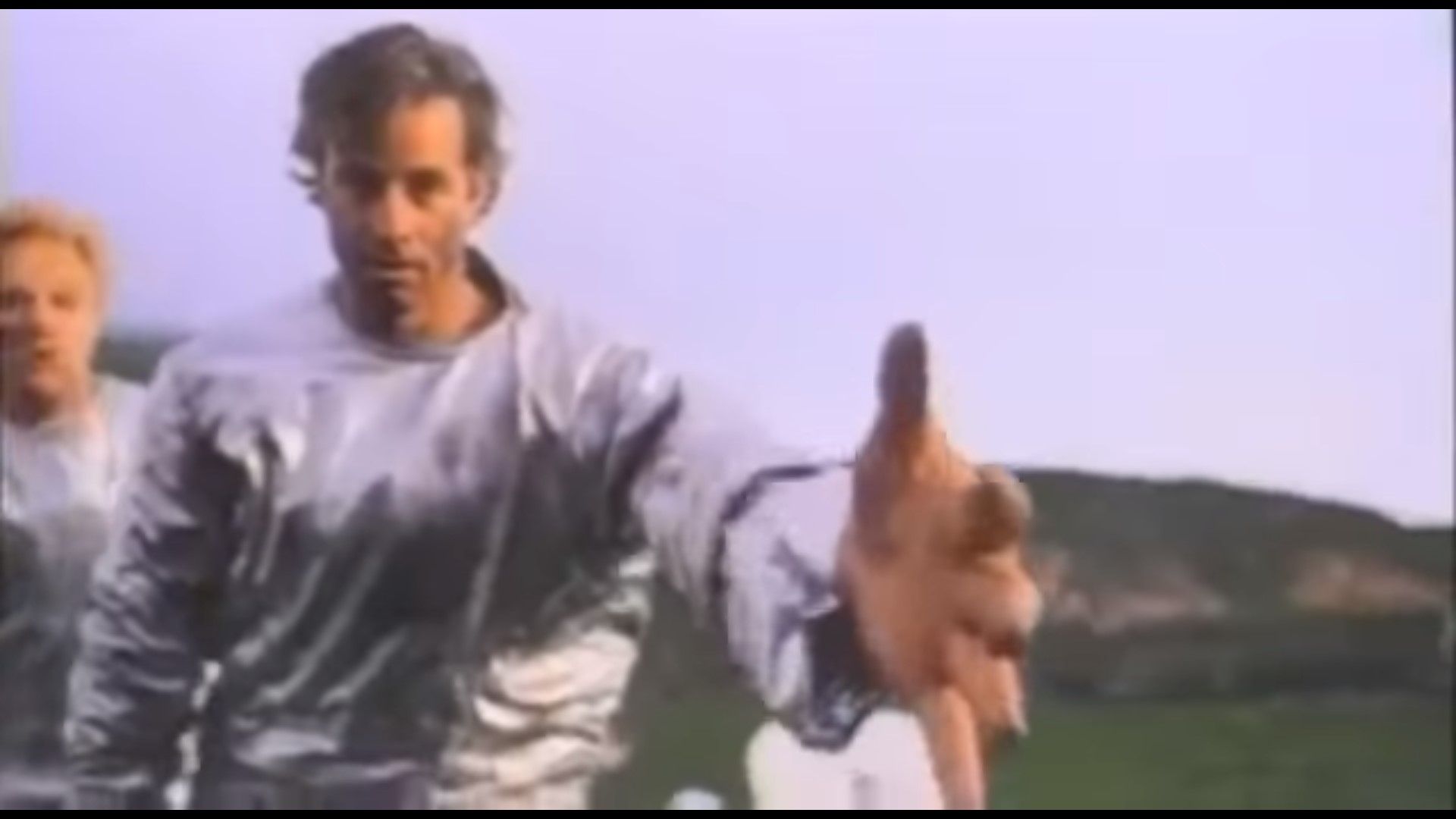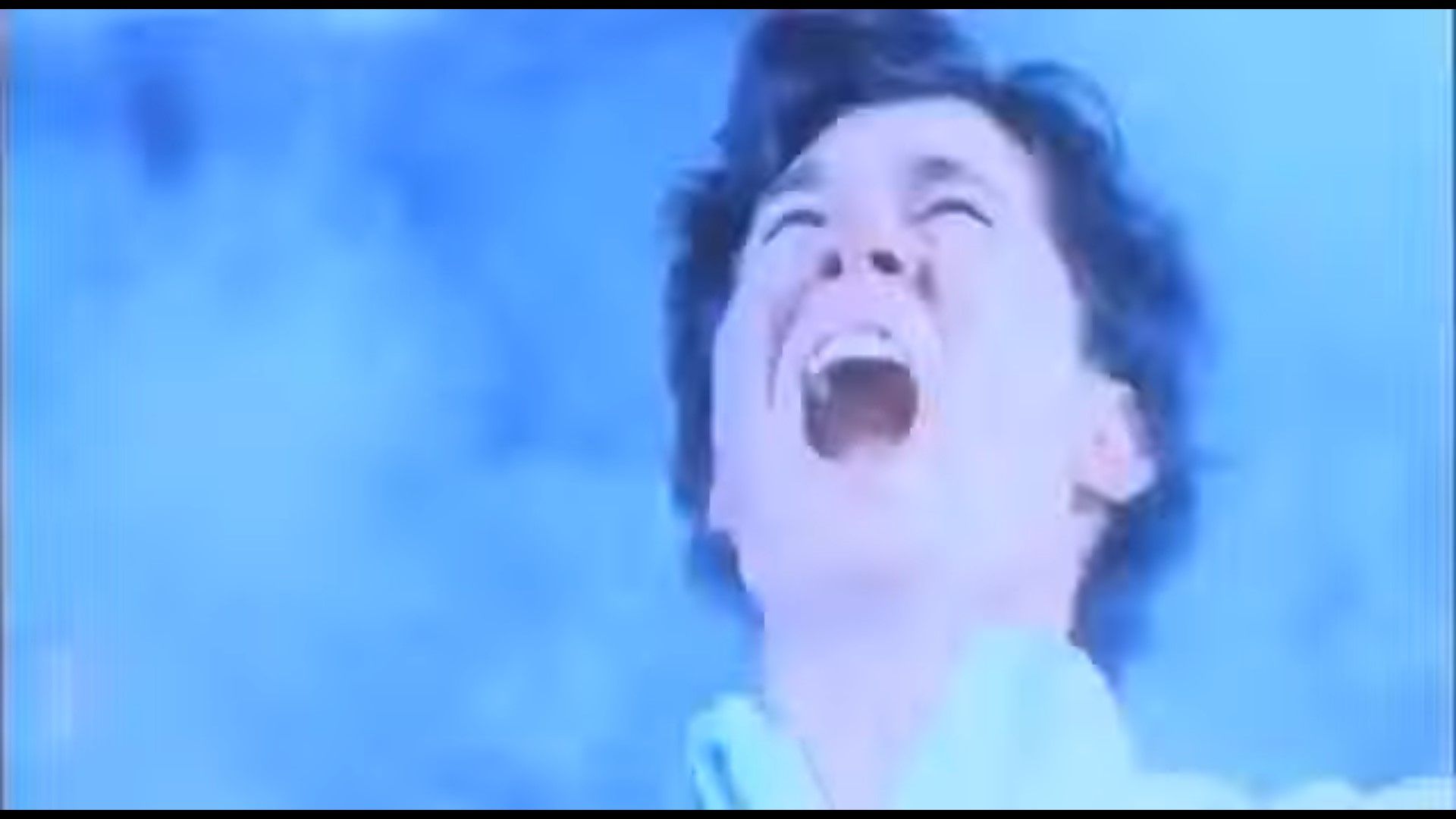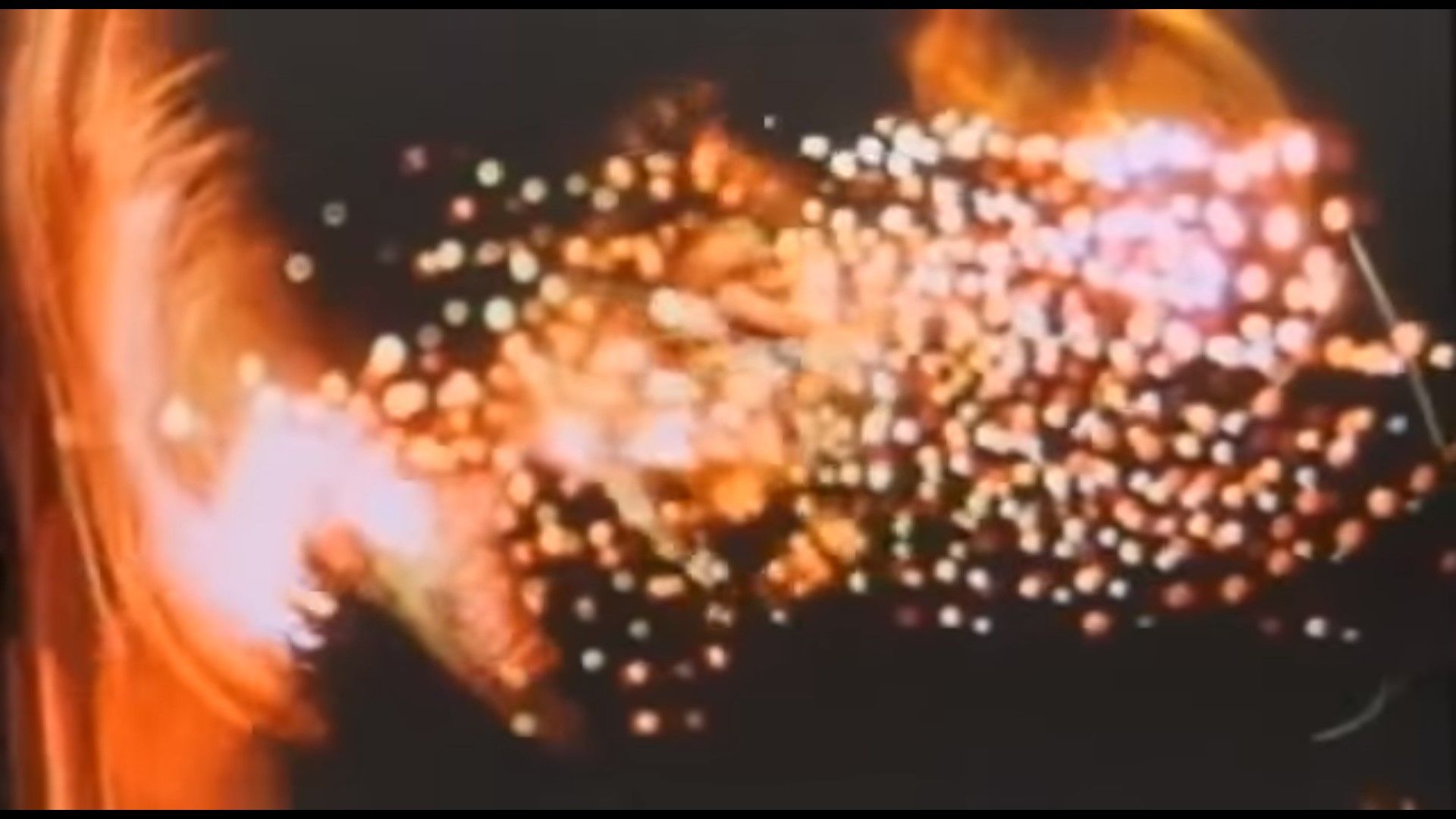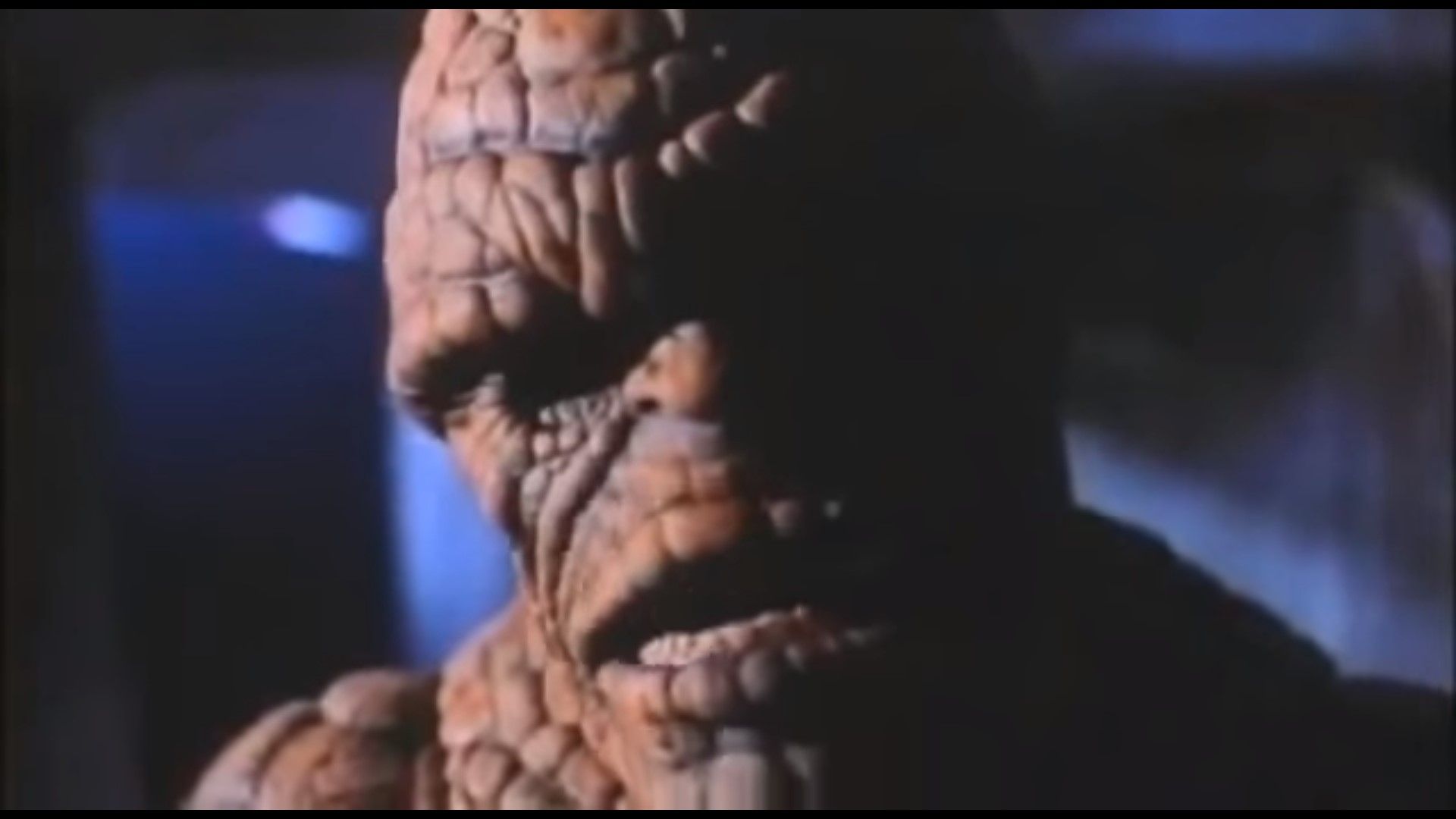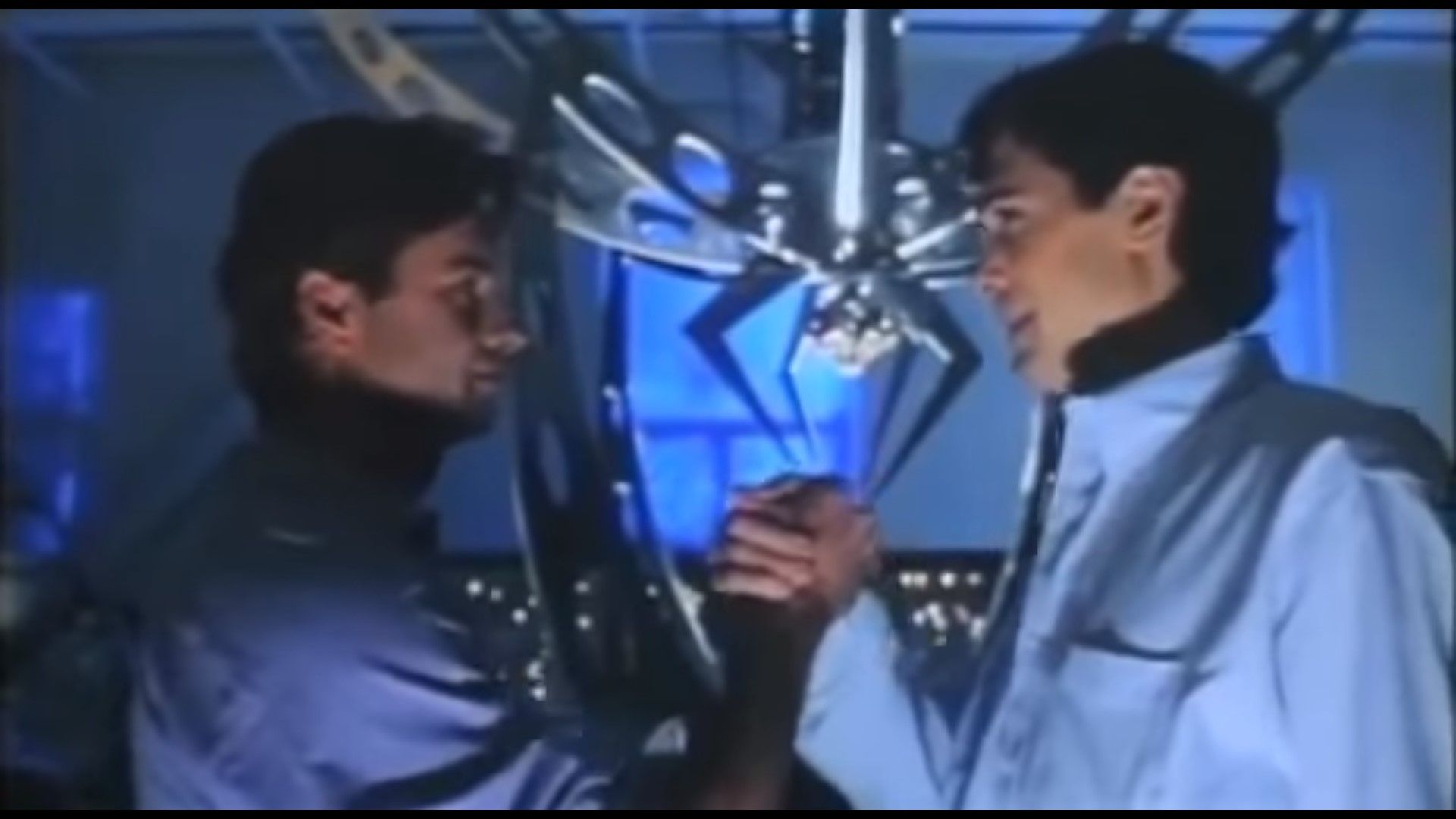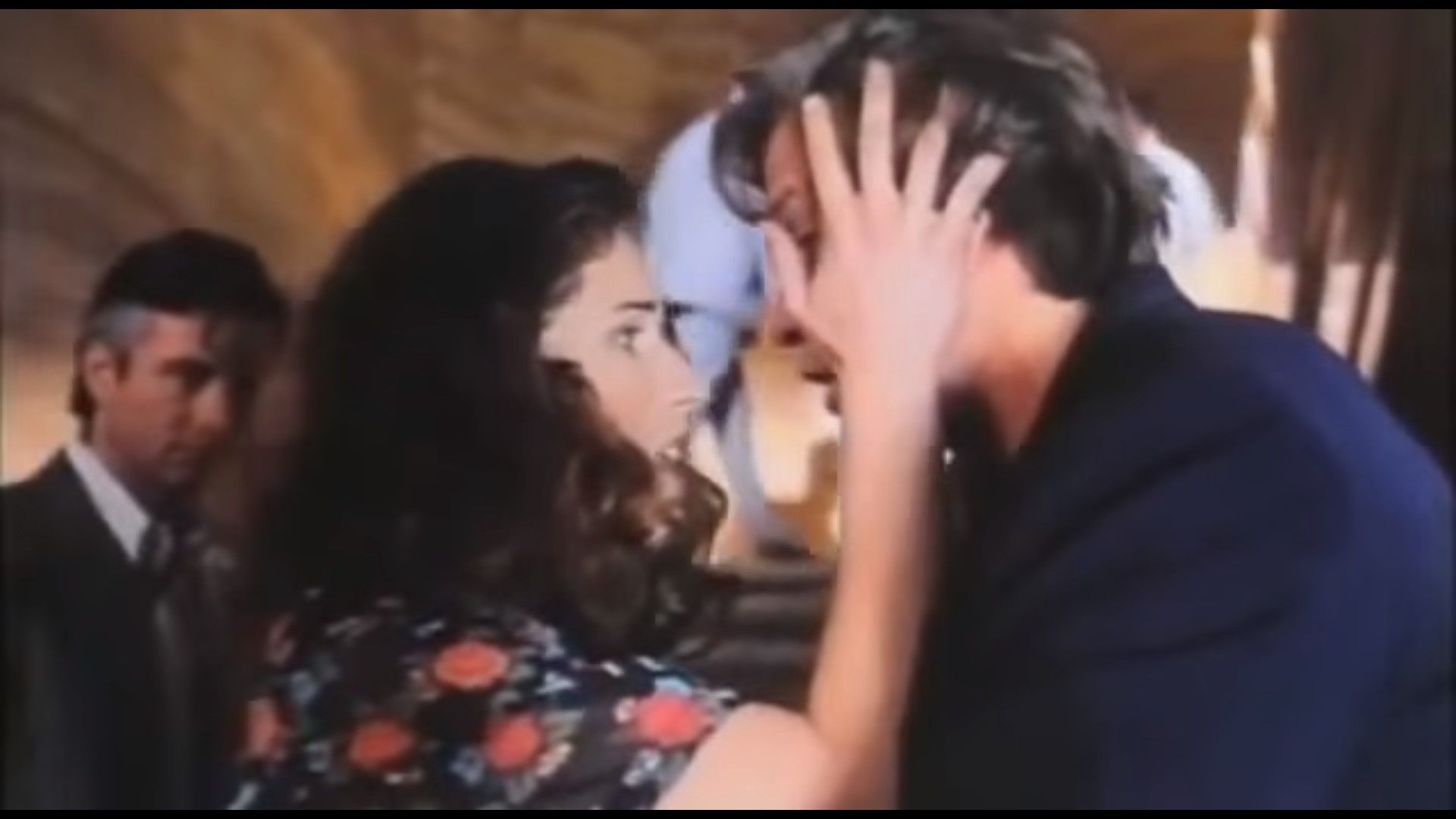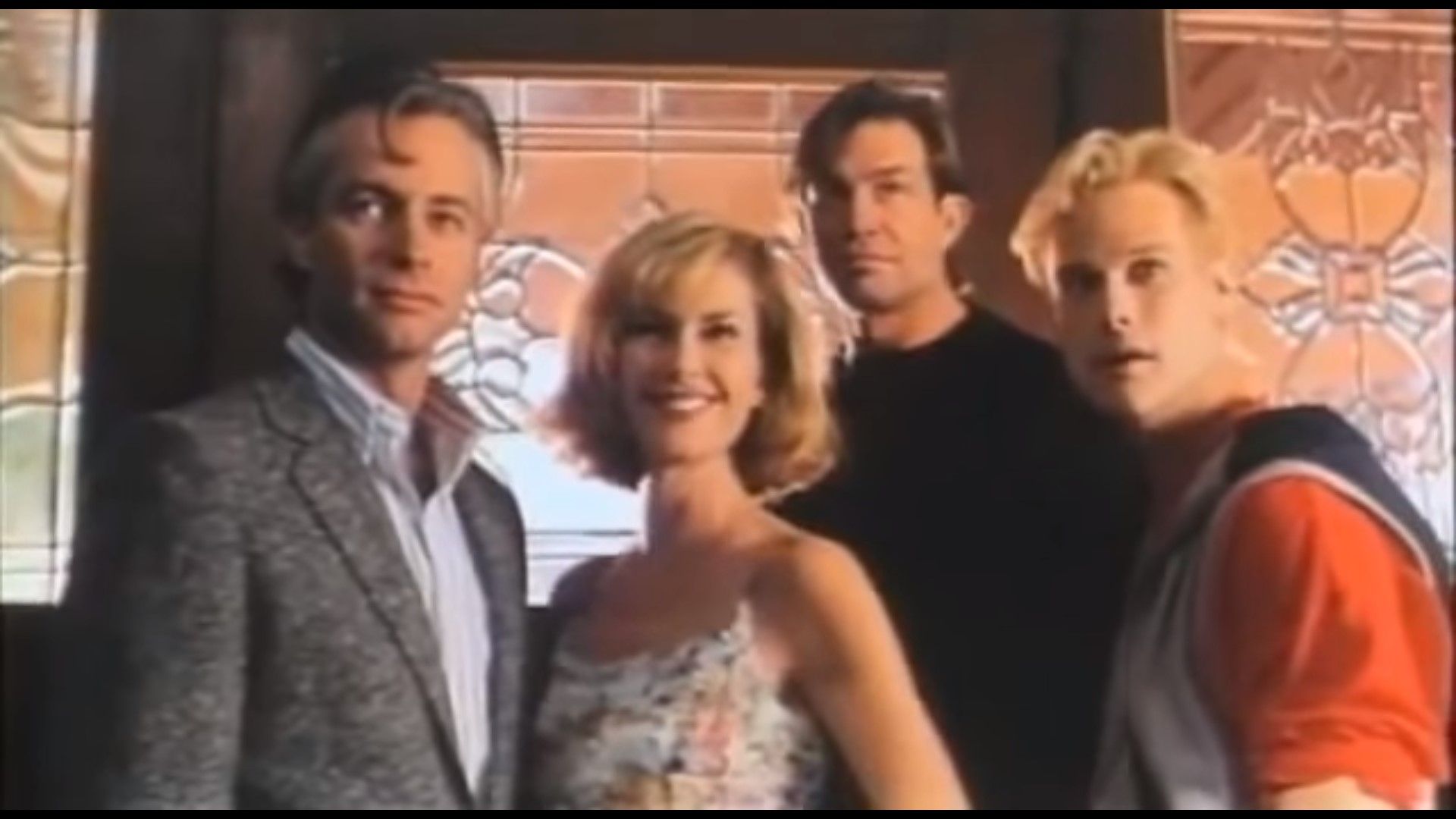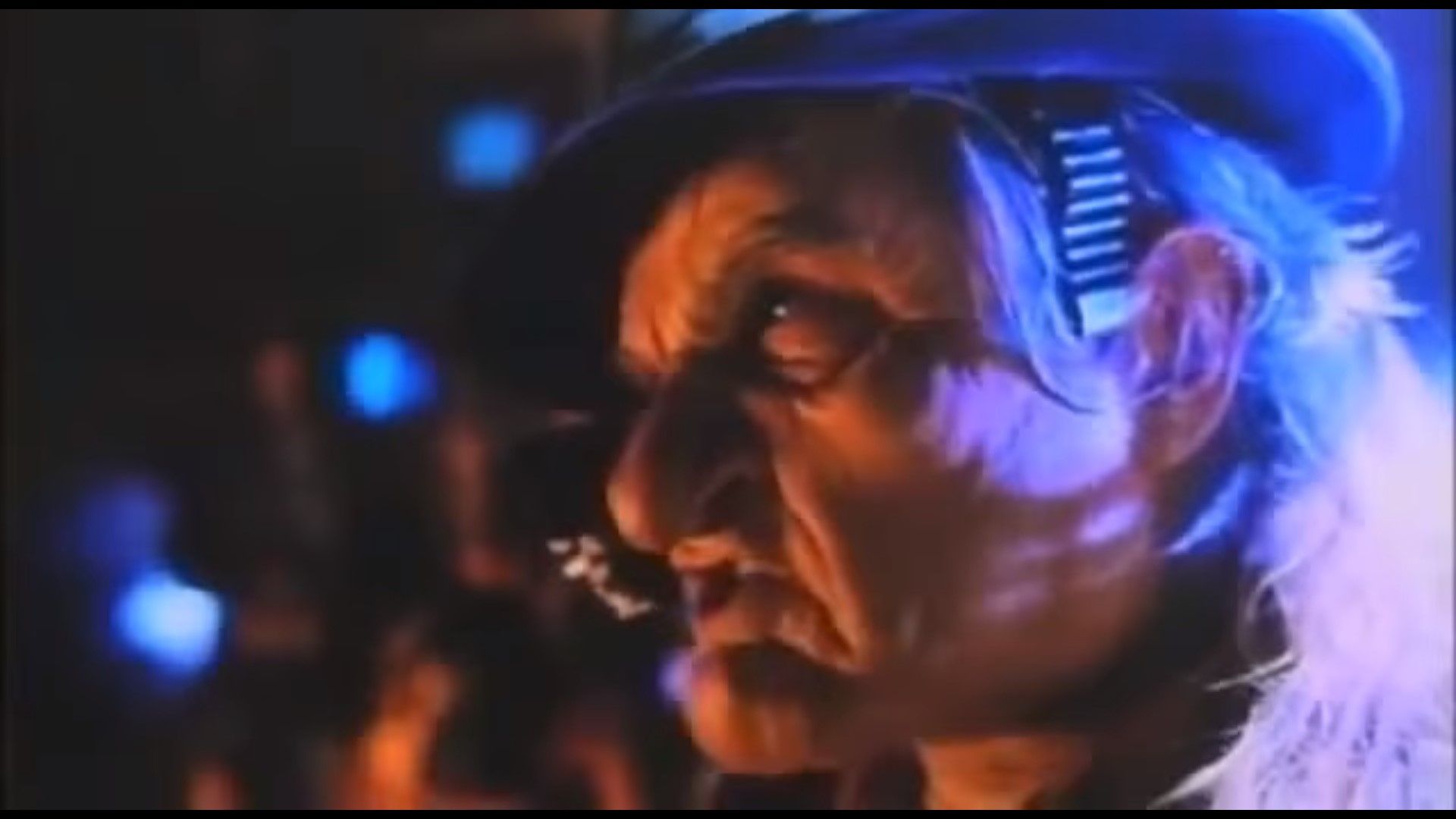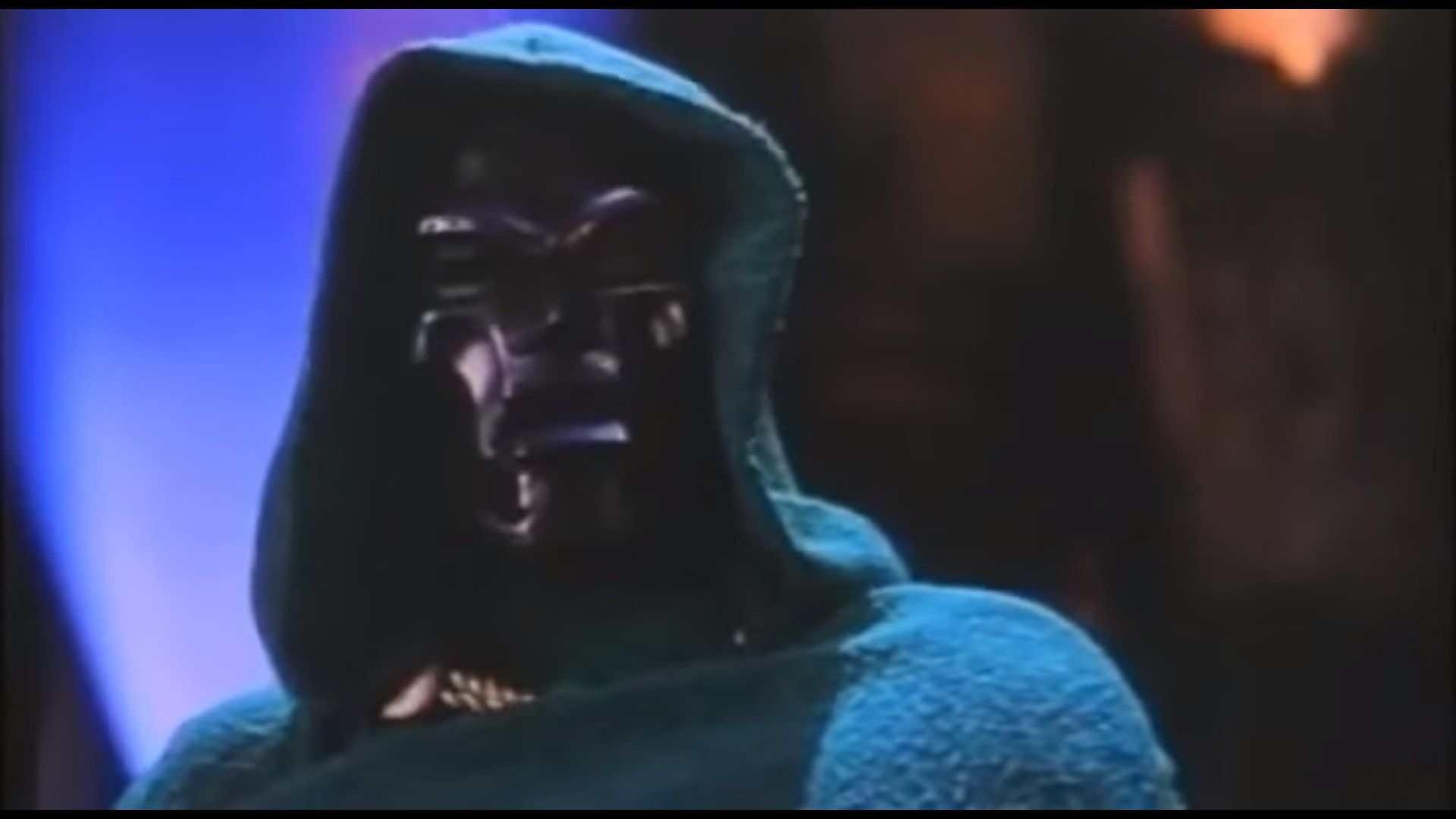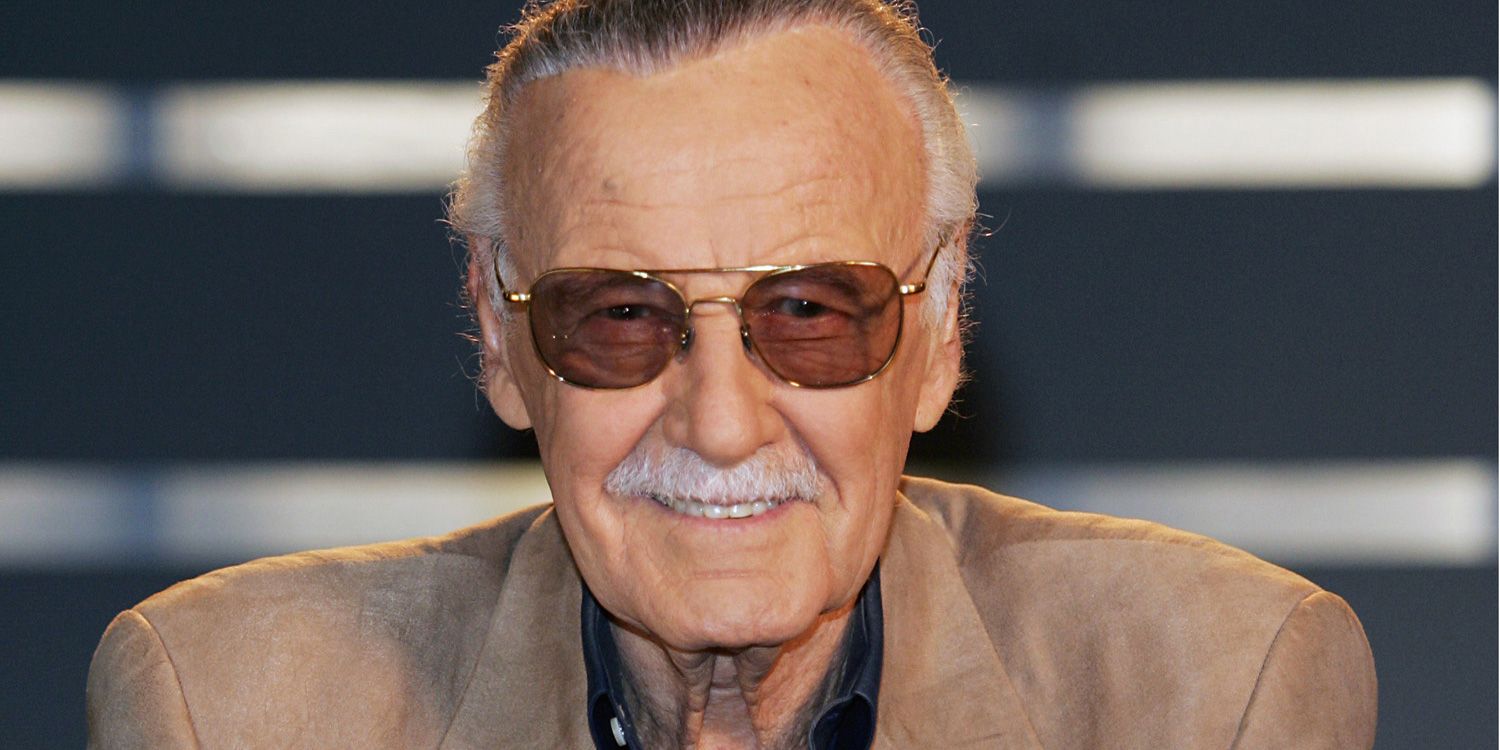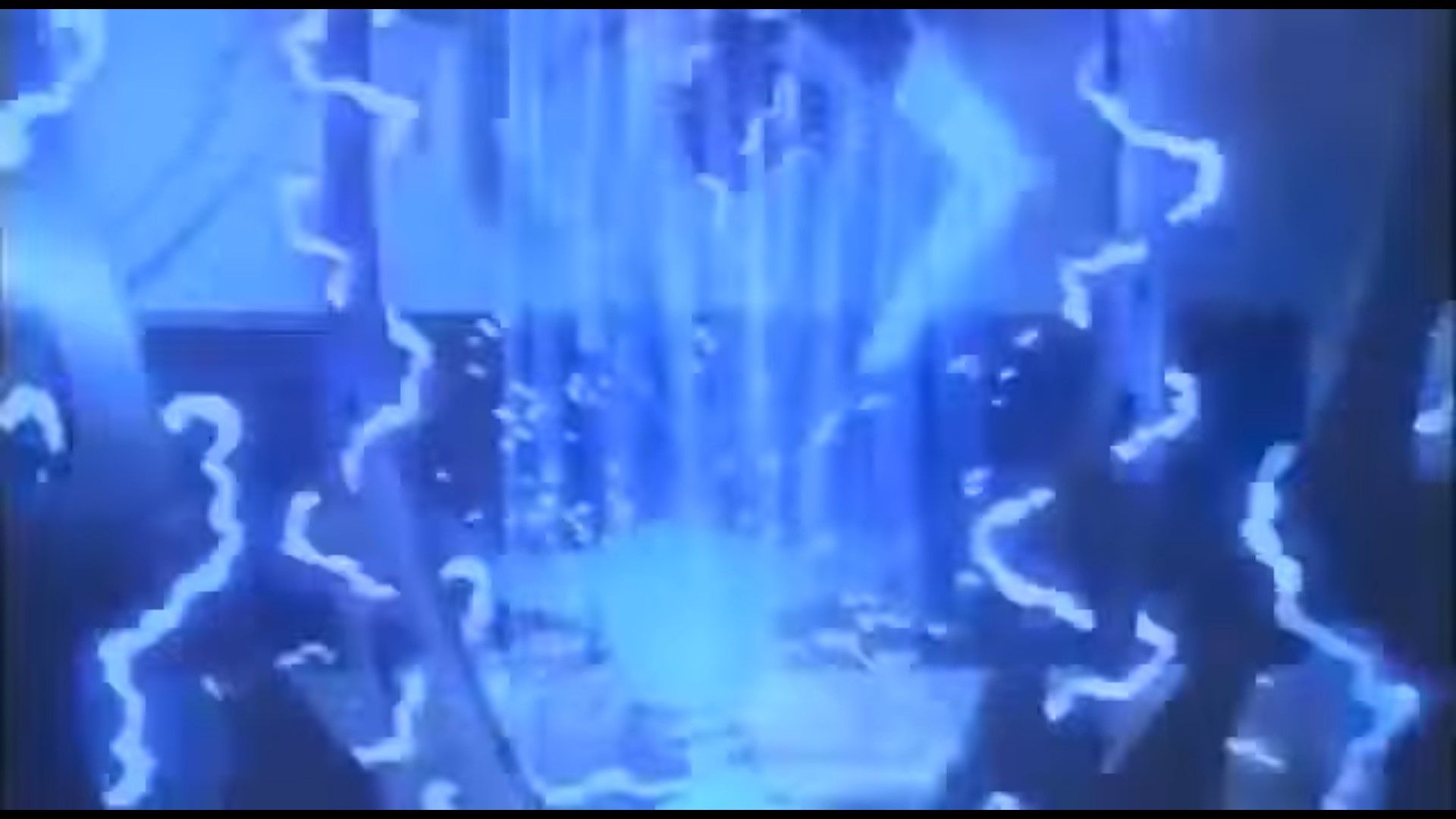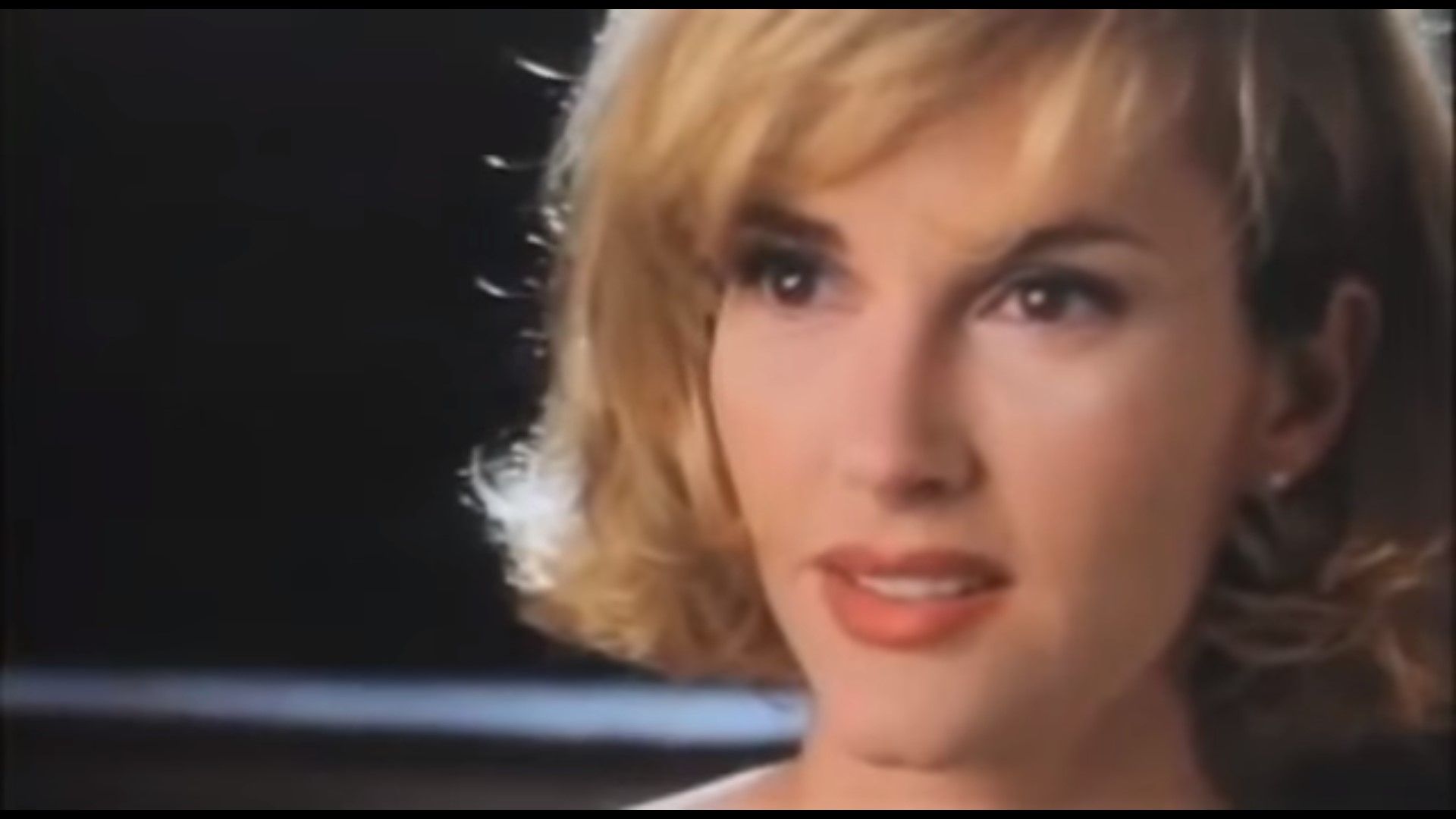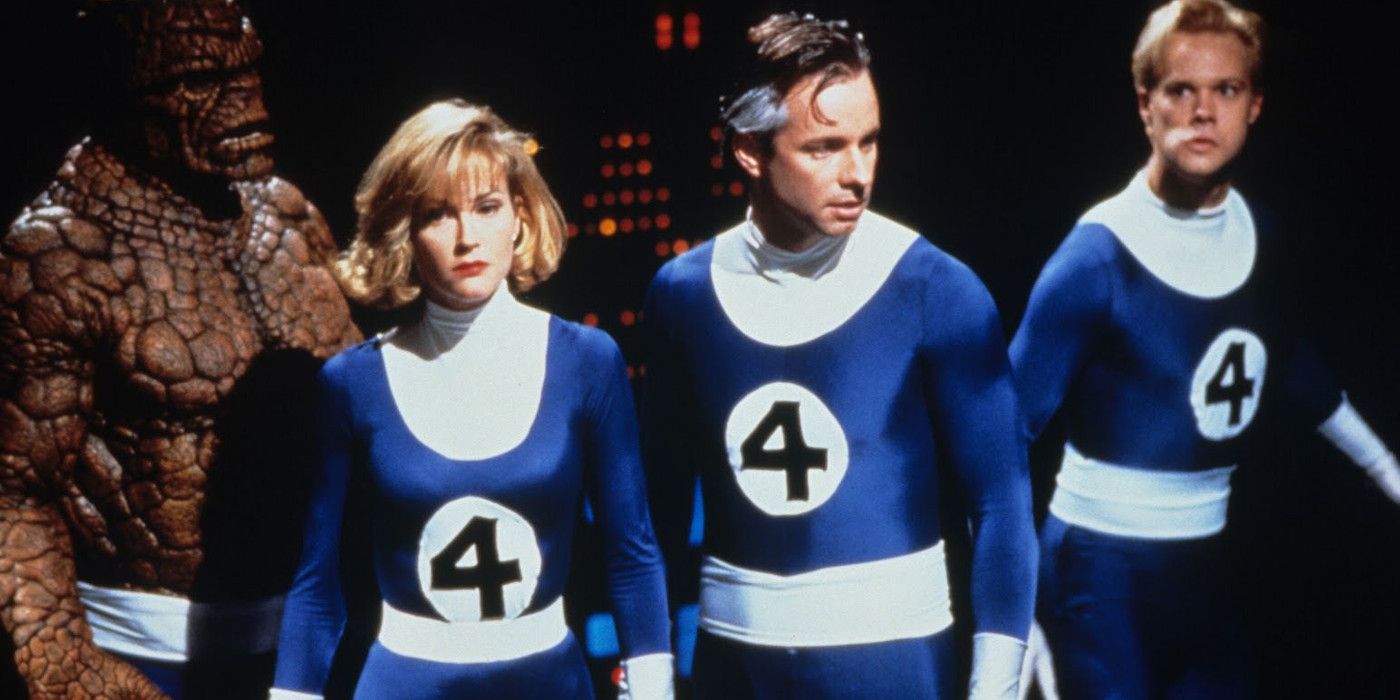In September 1992, producer Bernd Eichinger of Constantin Film approached B-movie magnate Roger Corman of Concord Production Inc. with a script and a proposition. He wanted to know whether Corman and his team could make a live-action adaptation of Fantastic Four on a $1 million budget. There was a catch, though. The movie would need to start production before the end of the year. Corman signed on, and Fantastic Four was rushed into production. Then, inexplicably, it "[languished] in post," as director Oley Sassone lamented in Doomed!: The Untold Story of Roger Corman's Fantastic Four (2015).
RELATED: Secret Wars: 15 BTS Reasons Your Favorite Superhero Shows Got Cancelled
Unbeknownst to virtually everyone working on it, Constantin Film's option would expire at the end of 1992, unless a movie was in production before the year was out. In this light, the movie was a feat of sly finagling on Constantin Film's part to secure the rights to a potentially lucrative Marvel franchise at a relatively low cost. Fantastic Four (1994) is a case study on why the Fantastic Four and Dr. Doom have yet to appear in the Marvel Cinematic Universe. Of course, that could change. In the meantime, though, here are 15 Things You Never Knew About The Unreleased Fantastic Four Movie.
15 THE RIGHTS WERE DIRT CHEAP
It's hard to imagine in the age of the MCU's billion-dollar blockbusters, but Superheroes weren't considered bankable properties in Hollywood in the 1980s. For a time, Marvel teetered on the brink of dissolution. To stay around, Marvel did the unthinkable. The company sold the movie rights to some of its most beloved characters for insanely low sums.
As 1992 drew to a close with no movie in the works, Bernd Eichinger was running out of time. According to the 2015 documentary Doomed!: The Untold Story of Roger Corman's Fantastic Four, Eichinger shopped it around to low-budget production houses, first to Lloyd Kaufman's Troma Entertainment. Kaufman passed, citing his fear of alienating Stan Lee with a subpar product. Then, Eichinger approached Corman, whose name is synonymous with efficient, low-budget, cheesy filmmaking. Fantastic Four remains the one film with Roger Corman's name on it which was never officially released.
14 FILMING BEGAN 3 DAYS BEFORE THE RIGHTS EXPIRED
Although the cast had no way of knowing it, the film rights were in jeopardy of expiring at the end of 1992. If the movie wasn't in production by the end of 1992, then Eichinger would lose the option. Read another way, the contract stated that Eichinger could hang onto the rights, so long as he had a Fantastic Four movie -- any Fantastic Four movie -- in production by the close of 1992. See where this is going?
In order to keep the option, the producers needed to start principal photography by December 31. As it happened, production began on December 28. Regardless of the scale, making a movie takes time. Oftentimes, a film can spend several months, if not years, in pre-production. It makes you wonder how good the movie could've been if the production weren't so rushed.
13 "THE ENTIRE PRODUCTION WAS A SHAM"
Long story short, it was probably never meant to be a movie. Unfortunately, nobody told the people on the ground. As Robert Ito wrote in a 2005 story for Los Angeles Magazine, "The entire production was a sham." The project must have seemed like a deception to the cast and crew, whose hard work ended up being for naught.
Once the movie was made, somebody somewhere high up did not want it to be released. "[And so, ultimately,] somebody cut a check [to Roger Corman for the rights to the finished movie,] and it probably had Bernd Eichinger's name on it," according to director Oley Sassone in Doomed! Bernd Eichinger died in 2011, leaving behind a ton of unanswered questions about the movie Marvel doesn't want you to see. Was it indeed a sham or just a series of unfortunate events?
12 FILM THREAT
In the early 1990s, Film Threat's Chris Gore hyped the movie while it was still in production, with a cover story, stills and the kind of hype that's rarely seen on a Roger Corman project. Gore included some really gnarly storyboards for sequences that would end up being too complex for the effects people to pull off.
Gore's story gives a sense of the excitement (and the difficulties) apparent on the set. According to Gore's Film Threat story, "Marvel wanted [Neue Constantin Films'] option to run out so they could sell the property for more [money] to an eager studio… [and] refused to reoption." Meanwhile, Neue Constantin Films wanted to renew the contract and then wait a few more years for CGI to advance, which is what ended up happening in a roundabout way.
11 NO MONITORS
Nowadays, digital cameras and open-source editing software have made low-budget filmmaking easier than it used to be. In 1994, at Roger Corman's studio in Venice, California, though, cutting corners meant shooting on film without a monitor. This might not seem like a big deal to some, but what it meant was that director Oley Sassone had no immediate way to confirm the quality of what he just shot. That was just as well, since the limited budget prevented reshoots, anyway.
As Sassone explained in Doomed!, "An old ARRI BL camera and short-end film stock. We didn't have film stock that had the same emulsion numbers." When you consider the archaic methods they were using for the film, the speed of the editing process is even more impressive.
10 THE THING WITH TWO HEADS
One of the first props to be made was a mould for the Thing, fitted to stunt actor Carl Ciarfalio, who was much shorter than Michael Bailey Smith, the actor ultimately cast as Ben Grimm in his human form. As a result, Ben's on-screen transformation into The Thing is a little underwhelming.
Ben Grimm's cantankerous persona in early issues of Fantastic Four was adapted to be more likeable. To achieve a more sympathetic version of The Thing, two functionally different head pieces had to be made. As Ciarfalio explained in Doomed!, "One was all rubber for going through walls and doing fights, and the other was a serval motor on the inside of a skull mask" for up-close dialogue scenes. The result is surprisingly expressive, more so than the masks in Teenage Mutant Ninja Turtles (1990).
9 THE DOOM-RICHARDS DYNAMIC
According to Doomed!, to prepare his actors for their roles, Oley Sassone encouraged them to read Marvel Masterworks Fantastic Four Vol. 1, which collects the first ten issues of Fantastic Four. "In [Reed's] college days," according to Fantastic Four #5, "there was [a brilliant science student] who was fascinated by sorcery and black magic." Little is said of Reed and Doom's relationship in these early issues. Doom summons something evil, gets badly burned, and ends up wandering the wilderness until he reappears as a metal-faced menace.
The movie changes the circumstances around Doom's transformation, as well as the relationship between Doom and Richards. It also strips Doom of his fascination with the Occult. In the movie, Victor von Doom and Reed Richards are former college buddies. Following what seems to be a fatal accident, the collegiate Victor von Doom is (somehow) revived by henchmen pretending to be medical personnel. Ten years later, "Victor's death" still haunts Reed.
8 THE BEN-ALICIA ROMANCE
In Fantastic Four #8, Ben Grimm (as The Thing) meets blind Alicia Masters while he is under the control of her stepfather, the diabolical Puppet Master. Reed's temporary chemical cure transforms The Thing back into Ben Grimm's human form, breaking the Puppet Master's spell and Alicia, disguised as Sue Storm, admires him for rescuing her. "The clinker is," to Ben's surprise, "she likes me better as The Thing!" It's all resolved much too easily.
In the movie, however, Alicia Masters first meets Ben Grimm when he is a human. It's actually a better setup. She's carrying a sculpture that she made when Ben bumps into her by accident. The sculpture smashes to the floor, Ben apologizes profusely, she touches his face, swoons, accepts his apology. Later on, when Ben turns into The Thing, he worries Alicia will reject him. It's high melodrama.
7 LOTS OF CHEESE
Early in the comics, Dr. Doom sends Ben, Johnny and Reed back in time to steal treasure from pirates (Fantastic Four #5). In the next issue, Doom teams up with Namor after finding a framed photo of Sue Storm. Their team-up brings Namor, Doom and the Fantastic Four into space on a skyscraper-shaped rocket. Now that's cheesy.
Likewise, the camp dialogue of Corman's Fantastic Four makes it the cheesiest Marvel movie ever. "Hi, Mrs. Storm," says Ben Grimm, as the orchestral score melodramatically plays on. "Can Johnny and Susan go to outer space with us?" Reed resists Ben's idea to bring the Storms along until he sees Susan descending the staircase in glowing light. Before they go, Mrs. Storm says, "Look at you. The Fantastic Four!" It's really cheesy but it's faithful to the comic's original tone.
6 A MOLE MAN BY ANY OTHER NAME
The Mole Man first appeared in 1962 as the diminutive, physically deformed "master" of an enormous, nuclear power plant-consuming monster in Fantastic Four #1. Shunned by the outside world, the Mole Man now resides in the Valley of Diamonds beneath Monster Isle.
Producer Bernd Eichinger purchased the rights to the Fantastic Four and Victor von Doom, but there was some confusion regarding which characters he could and couldn't use. The first few drafts included the Mole Man by name but the shooting script adapted the Mole Man into the Jeweler, a trollish uggo who lives in a subterranean environment. Like the Mole Man, the Jeweler is bespectacled, obsessed with diamonds, and shunned by society at-large for his grotesque appearance. He's really the Mole Man by another name.
5 THE MUSSOLINI CONNECTION
Dr. Victor von Doom, ruler of Latveria, is one of Marvel's truly iconic baddies. In the comics, as in the movie, Dr. Doom is a megalomaniac obsessed with the destruction of the Fantastic Four. In order to prepare for the role, actor Joseph Culp read the early comics, and his performance encapsulates the Dr. Doom of those early issues -- a larger than life, boastful, metal-faced fascist.
"Little do [the Fantastic Four] dream they are naught but pawns in the hands of Dr. Doom," says Dr. Doom in his very first panel in July 1962's Fantastic Four #5. In order to do justice to Lee and Kirby's vision, director Oley Sassone advised Culp to model his Dr. Doom on fascist dictator Benito Mussolini. Infamous for his menacing swagger and myopic ambition, "il Duce" was a real-life Dr. Doom -- animated, pompous, and ruthless.
4 STAN LEE'S NEGATIVITY
Stan Lee's role in the downfall of Corman's Fantastic Four is puzzling. "Stan Lee was on hand to see his comic book characters brought to life," according to Chris Gore's contemporaneous Film Threat story. Gore called Lee's presence "a good sign indeed" that the production was on the right track. Furthermore, as Michael Bailey Smith explained in Doomed!, Stan Lee said to him, "Michael, I have to tell you, you are what I envisioned Ben Grimm to be."
And so it was all the more shocking when, in August 1993, the news broke that Stan Lee had disavowed the project, saying, "I'm not expecting too much of it." The clip is included in the Doomed! documentary. Alex Hyde-White's responded (to the Doomed! interviewer, not to Lee personally), "Oh yeah? How many times did you visit the set, Stan? You have a nice time? You brought the doughnuts once."
3 MARVEL DESTROYED IT
Fast-forward to the early 2000s. Producer Chris Columbus's Fantastic Four was wrapping up, entrepreneur Avi Arad, then an executive at Marvel, got word of Corman's unreleased film. Familiar with Corman's low-budget work, Arad grew concerned. According to Sean Howe's book, Marvel Comics: The Untold Story, Arad was, "convinced that [Corman's] movie would do damage to the brand," if it was ever released. Arad bought up all the original negatives from Eichinger "for a couple of million dollars in cash. Then he destroyed every print of the film."
Of course, most of the cast and crew believes it wasn't really destroyed, that it's actually "in a vault somewhere." Alex Hyde-White, who played Mr. Fantastic, stated in Doomed! that he would like to see a reissue with two versions, the original cut and a cut with updated CGI. How cool would that be? As of this writing, unfortunately, the original prints have yet to surface.
2 YOUTUBE AND CONVENTIONS SAVED IT
Unbeknownst to the higher-ups at Marvel, cheap VHS copies somehow escaped detection, eventually winding up on vendors' tables at geekdom conventions. Nowadays, it's all over YouTube, digitized from blurry VHS. Director Oley Sassone insists the bootlegs were probably the work of a faceless rogue. Whoever it was, nerds everywhere are indebted to them, because the movie's actually pretty good... for a bad movie.
It's currently ranked 29% Fresh on Rotten Tomatoes (based on seven reviews), a full two percentage points over the big-budget 2005 Fantastic Four movie, produced by 20th Century Fox in association with Bernd Eichinger's Constantin Film. Albeit a critical flop, the 2005 Chris Evans-Jessica Alba vehicle turned a profit for 20th Century Fox and Constantin Film. If the saga of Roger Corman's Fantastic Four teaches us anything, it's that money talks.
1 THE ORIGINAL IS GREAT
In the end, it's a happy enough story, with the cast and crew going on to do more work, Constantin Film held out for a bigger payday, Marvel got to make the big budget Fantastic Four it wanted, and Corman made money on his investment. Plus, a version of the film found its way into the world, albeit by less than ideal means. For a tale about the dark side of the film business, the story behind Roger Corman's Fantastic Four has an almost Hollywood ending.
It's when you think about what might've been that the story becomes tragic. Imagine if the first release of Blade Runner were all we got. No Director's Cut, no Final Cut. That's how it feels to watch the bootleg, with its blurry VHS-to-VHS visual artifacts in place of Harrison Ford's obnoxious, movie-wrecking voiceover. Here's hoping the original film turns up.
Have you seen Corman's FF flick? Let us know what you thought of it in the comments!

